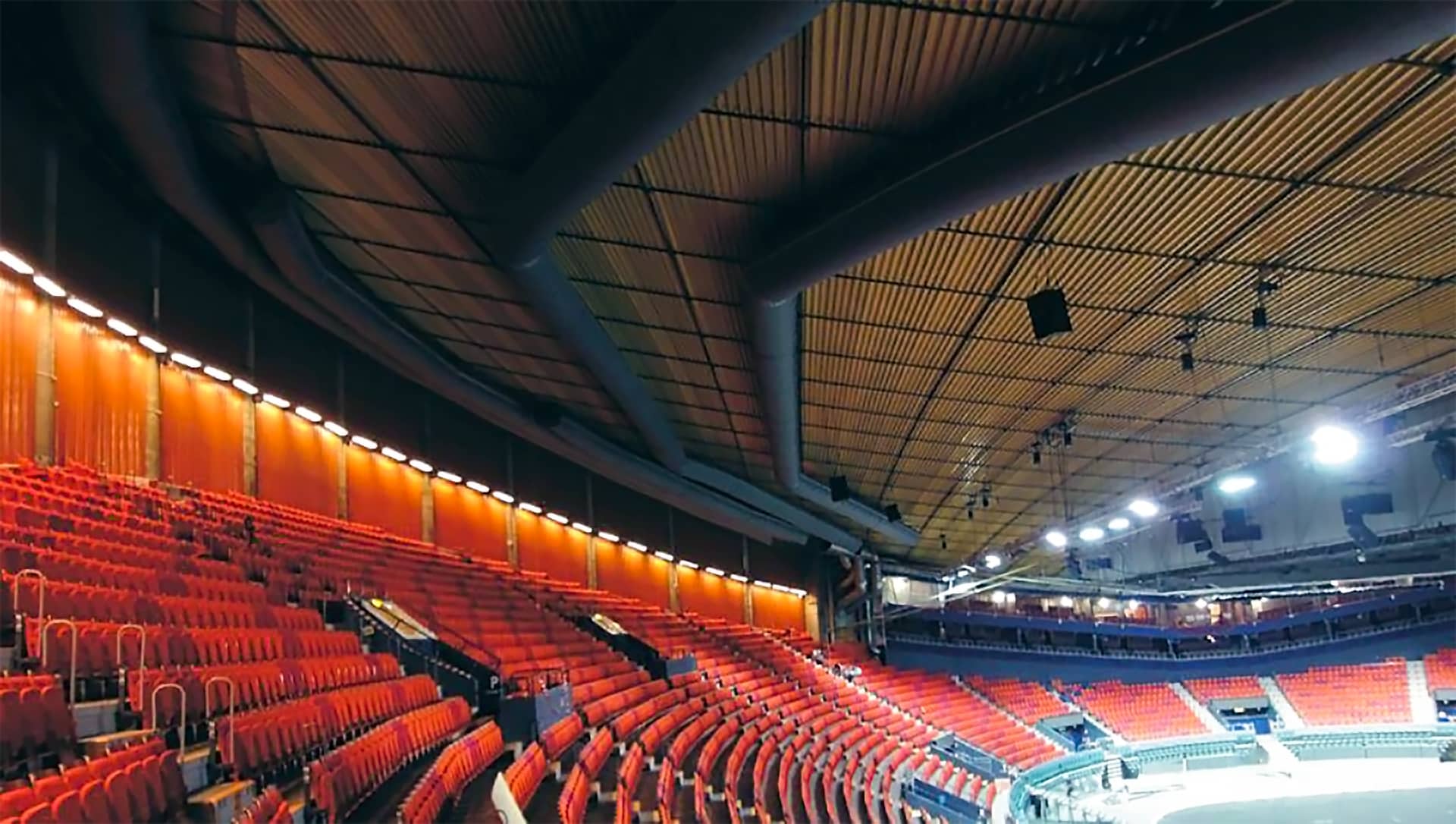Energy Efficient HVAC Systems for Improved Ventilation Solutions


In today’s climate-conscious world, improving energy efficiency is no longer just a cost-saving measure but a key aspect of sustainable business operations. Heating, ventilation and air conditioning systems account for a substantial portion of energy consumption in commercial and industrial settings. As such, upgrading to more energy-efficient HVAC solutions isn’t just environmentally responsible; it can also bring tangible benefits in terms of performance, comfort, and long-term savings.
Fabric ducting systems are an increasingly popular option for enhancing ventilation efficiency, gaining traction for their flexibility, performance, and sustainability benefits.
The Energy Burden of Traditional HVAC Systems
Conventional metal ductwork systems are often heavy, rigid, and expensive to install. More importantly, they may not be designed with airflow optimisation in mind. Poorly balanced airflow and air leaks contribute to increased energy consumption and uneven heating or cooling throughout a space.
Such inefficiencies can be particularly problematic in large-scale environments like warehouses, schools, office buildings, manufacturing plants, or any other spaces where airflow dynamics play a major role in occupant comfort and environmental control.
The Rise of Fabric Ductwork in HVAC Efficiency
Fabric ducting offers a modern alternative to traditional metal ducts. These systems are designed using lightweight textile materials that distribute air evenly across the entire length of the duct, rather than relying on a few discrete vents. This creates a more consistent air distribution, leading to better temperature control and comfort with less energy input.
Unlike rigid systems that often suffer from sharp corners and pressure drops, fabric ductwork can be designed to accommodate airflow characteristics with minimal resistance. This means fans and blowers don’t need to work as hard, leading to reduced energy use and less wear on equipment.
Better Ventilation, Lower Costs
Energy efficiency in HVAC is about more than just the equipment, it’s about designing a system that works harmoniously from the point of air intake to final distribution. With fabric ducting, custom air dispersion can be tailored for the space’s specific requirements. Whether the goal is to maintain clean conditions in a food production area or regulate temperature in an open-plan office, fabric systems can be configured for optimum performance.
In many applications, fabric ductwork also simplifies installation. Lightweight and easy to mount, it reduces the time and labour involved in setting up an HVAC system. Additionally, fabric ducts can be removed and washed, which lowers maintenance costs and contributes to better indoor air quality over time.
Applications in Modern Commercial Spaces
From leisure centres to manufacturing facilities, fabric ducting is proving to be a smart investment. In environments where consistent airflow is vital, such as when ventilating educational buildings or data centres, these systems offer both functional and energy-saving advantages.
The even dispersion of air through fabric ductwork eliminates hotspots and drafts, which helps in maintaining a stable temperature with fewer adjustments to the HVAC system. This results in more efficient system operation and reduced utility bills.
Sustainability and Design Flexibility
Another benefit of fabric ducting is its potential to align with sustainability goals. Prihoda systems can be made from recycled materials, supporting green building certifications such as BREEAM or LEED. Additionally, fabric ducts are available in a wide range of colours and designs, allowing them to blend seamlessly with interior aesthetics or remain discreetly out of sight.
With rising energy costs and increased awareness around environmental impact, businesses are under pressure to make smarter decisions about their building infrastructure. Investing in energy-efficient HVAC solutions such as fabric ducting not only delivers cost savings but also supports a healthier indoor environment and a more sustainable operation overall.
Whether you’re retrofitting an existing building or planning a new development, considering fabric ductwork in your ventilation design could be a forward-thinking step toward a more efficient and environmentally responsible future.
Looking for more information?
Our experts are on hand to answer any questions. Why not give us a call or drop us a message, We’ll work with you to find the right solution.
Contact us

